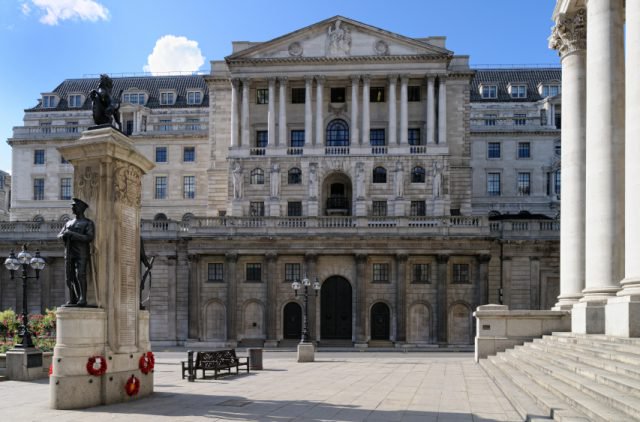Tax changes spark buy-to-let surge
The forthcoming changes in stamp duty announced in last week’s Autumn Statement have already led to a surge in people looking to invest in buy-to-let, before the hikes come into effect.
Data from an investigation by Kent Reliance also shows that alterations to tax relief mortgage interest announced in the Budget also triggered a surge in borrowing through limited companies.
Acceleration
Following the changes announced in the Summer, the firm said that applications for buy-to-let mortgages increased by substantial margins. In September, applications tripled year on year to stand at £213% over the period. In addition, a quarter of all buy-to-let mortgage finance demand is now put through limited companies, up by 13% at the same time last year.
For the buy-to-let market as a whole, Kent Reliance believes that 56,800 buy-to-let loans will be issued to companies in 2016, if total lending doesn’t grow further. This would represent an increase of more than a fifth in comparison to the estimated total for 2015 (46,700).
As the Autumn Statement continues to sink in, the Treasury is continuing to consult on whether corporate entities with 15 or more properties will be excluded from the stamp duty surcharge. If this happens, it could give further incentives for professional landlords to incorporate, thus increasing demand.
Changes
An increase in switching to limited companies could prove not to be the only impact of the recent tax changes. At present, the average value of a buy-to-let property is £220,726. With the 3% stamp duty hike announced, this would presently represented an additional upfront charge of £6,622, which landlords would look to recoup through rental charges.
If a landlord was to hold a property for ten years, moving this cost over the duration of the tenancy would result in an increase of £55 per month for each tenant. In turn, this would support rental inflation, which currently is at 8.3% per annum.
Within Britain as a whole, there are now 5.6m households living in rental homes, a year-on-year growth of 8.4%. England has seen the number of privately renting homes pass the 5 million mark. This is likely to rise with landlords becoming more active in the market before April 2016.
What’s more, the value of rented accommodation has seen a marked growth, increasing by 6.5% in the year to September. With the number of properties and average value rising, the total value of landlords’ holdings has risen by £171.0bn in the last twelve months to stand at £1.2trillion by the end of September, a growth rate of 16.0%.
Consequences
‘The Chancellor has trained his sights on buy-to-let, given the sector’s rapid rise in value, but the changes to the tax treatment in the last six months will bring unintended consequences,’ noted Andy Golding, Chief Executive of OneSavings Bank, which trades under the Kent Reliance and InterBay brands. ‘First, the rush to put properties inside a limited company will be sustained, especially if larger scale investors are indeed exempted from the new stamp duty surcharge. Secondly, the buy-to-let market will see activity hit overdrive between now and April as landlords seek to beat the stamp duty deadline,’ he continued.[1]
‘Yes, smaller-scale investors are now more likely to think twice before investing and I see that as a good thing. However, in the longer term, it is tenants who will pay the price of the chancellor’s tax raid on buy to let, as landlords will recoup increased costs through rent increases. Ultimately, the move will do little to help tenants save for a deposit on a home of their own. Making rented homes more expensive was surely not the Chancellor’s intention, ‘Golding added.[1]
Concluding, Gosling said that by, ‘tinkering with the cost of lending by subsidising first time buyers or penalising landlords is not the way to make housing more affordable.’ He thinks that,’ the only way to do that is to build more homes and while the Government’s new initiative is an improvement, it will need to be a catalyst of almost unprecedented proportions for housebuilding is a long way from where it needs to be.’[1]
‘With mortgage criteria tight, the PRS will remain pivotal to the country’s housing market and it is imperative that its growth and professionalisation is supported.’[1]
[1] http://www.propertyreporter.co.uk/landlords/btl-tax-change-sparks-landlord-rush.html







